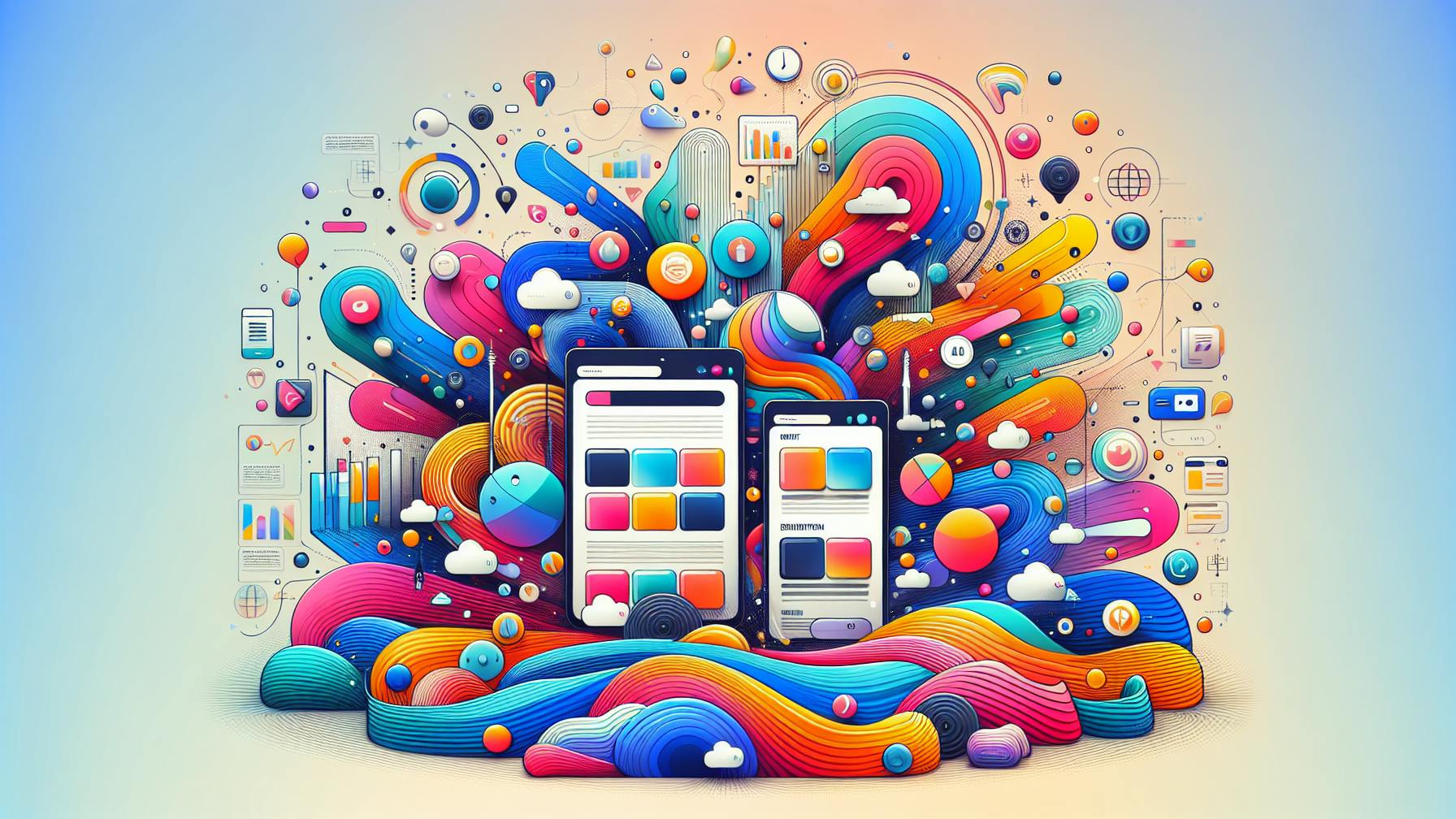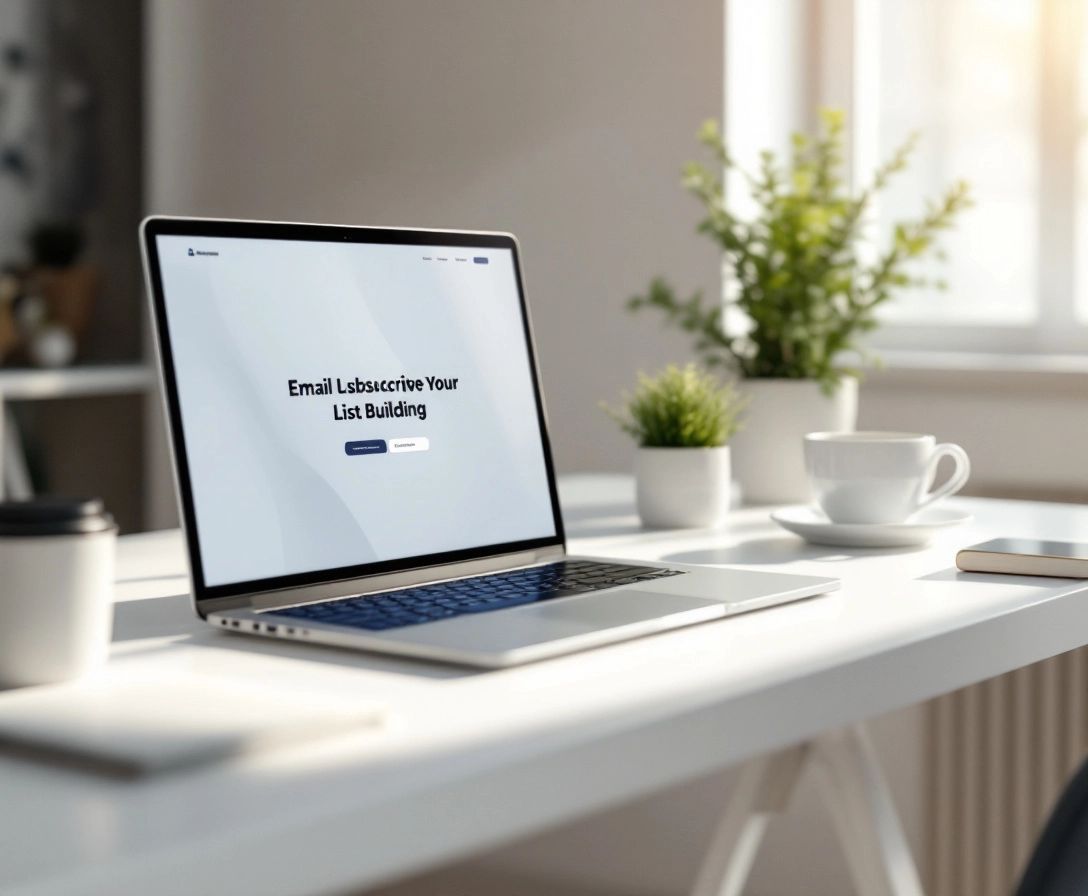10 ways to use QR codes and payment links with your Beauty and Cosmetics Shopify store
August 24, 2024

As a beauty and cosmetics retailer, you know that convenience and ease of use are key to keeping your customers satisfied. That’s where QR codes and payment links come in – these tools allow customers to easily purchase your products and engage with your brand. In this article, we’ll explore 10 ways to use QR codes and payment links to enhance your Shopify store.
Understanding QR codes and payment links
What are QR codes?
QR codes, also known as Quick Response codes, are a type of two-dimensional barcode that can be scanned by smartphones and other devices using a camera or QR code reader app. These codes can store a variety of information, such as website URLs, contact information, and even payment information.
QR codes were first invented in 1994 by a Japanese company named Denso Wave. Since then, they have become increasingly popular due to their ease of use and ability to quickly connect users to information or complete transactions.
One of the biggest advantages of QR codes is that they can store a significant amount of data in a small space. This makes them ideal for use in advertising, marketing, and even product packaging. For example, a QR code on a product label could provide customers with additional information about the product, such as its ingredients, nutritional information, or manufacturing process.
Another advantage of QR codes is that they are easy to generate and use. Many businesses and individuals use online QR code generators to create custom codes for their websites, social media profiles, or promotional materials. Once a QR code has been generated, users can simply scan it with their smartphone to access the information or complete a transaction.
How do payment links work?
Payment links are a feature within Shopify that allows businesses to send customers a link to pay for products directly from an email or message. This feature is particularly useful for businesses that sell products online, as it allows customers to complete a purchase without having to navigate to the website.
When a business creates a payment link, they can specify the product or products that the customer is purchasing, as well as the price and any applicable taxes or fees. The link is then sent to the customer via email or message, along with instructions on how to complete the payment.
Customers can pay for their purchase using a variety of payment methods, including credit cards, debit cards, and even digital wallets like Apple Pay or Google Pay. Once the payment has been processed, the business will receive a notification and can ship the product to the customer.
Payment links are a secure and convenient way for businesses to accept payments online, and they are becoming increasingly popular as more customers look for ways to shop online quickly and easily.
Integrating QR codes and payment links into your Shopify store
If you’re looking to streamline the checkout process for your Shopify store, integrating QR codes and payment links can be a great way to do so. Not only do they make it easier for customers to make purchases, but they can also help increase sales and customer satisfaction.
Choosing the right QR code generator
When it comes to choosing a QR code generator, there are many options available. It’s important to choose a tool that meets your specific needs and budget. Some popular options include QR Code Generator and QR Stuff.
QR Code Generator is a free tool that allows you to create QR codes for a variety of purposes, including website URLs, text messages, and phone numbers. It also offers customization options, such as color and logo placement.
QR Stuff, on the other hand, offers a wider range of features and customization options, but requires a paid subscription. With QR Stuff, you can create QR codes for a variety of purposes, including social media profiles, Wi-Fi networks, and email addresses.
Ultimately, the choice between these two tools (or any other QR code generator) will depend on your specific needs and budget.
Setting up payment links in Shopify
Setting up payment links in Shopify is simple and straightforward. Simply navigate to your store’s settings and enable the feature. Once enabled, you can create and send payment links to customers via email, text message, or social media.
Payment links are a great way to streamline the checkout process for your customers. Instead of having to navigate through your store to find the product they want to purchase, they can simply click on the payment link and complete the transaction in a few quick steps.
Additionally, payment links can help increase sales and customer satisfaction by providing a more convenient and efficient checkout experience. By offering multiple payment options, including payment links, you can cater to a wider range of customers and increase the likelihood of making a sale.
Overall, integrating QR codes and payment links into your Shopify store can be a great way to streamline the checkout process, increase sales, and improve customer satisfaction. By choosing the right QR code generator and setting up payment links in Shopify, you can provide a more efficient and convenient checkout experience for your customers.
Enhancing product packaging with QR codes
Creative ways to incorporate QR codes on packaging
QR codes have revolutionized the way we interact with products and packaging. They are versatile, easy to use, and can be used to provide a wealth of information to customers. Here are some creative ways to incorporate QR codes on packaging:
- Link to instructional videos: QR codes can be used to link to instructional videos that demonstrate how to use the product. This is particularly useful for products that require assembly or installation.
- Link to product reviews: QR codes can be used to link to product reviews on third-party websites. This allows customers to read reviews from other customers before making a purchase.
- Link to social media pages: QR codes can be used to link to social media pages for the product or brand. This is a great way to engage customers and build a community around the product.
Benefits of using QR codes on product packaging
Using QR codes on product packaging offers numerous benefits. Here are some of the key advantages:
- Easy access to information: QR codes make it easy for customers to access information about the product. This can help drive conversions and increase customer satisfaction.
- Collect valuable data: QR codes can be used to collect data on customer behavior, such as how often they scan the code and what information they access. This data can be used to improve the product and marketing strategy.
- Enhance brand image: Incorporating QR codes on packaging can enhance the brand image by demonstrating a commitment to innovation and customer engagement.
Overall, QR codes are a powerful tool for enhancing product packaging and engaging customers. By using creative strategies and leveraging the benefits of QR codes, brands can improve customer satisfaction, drive conversions, and collect valuable data.
Streamlining in-store shopping experiences
As businesses continue to adapt to the new normal, streamlining in-store shopping experiences has become a top priority. This means finding ways to reduce physical contact and wait times for customers. Fortunately, there are several solutions that can help you achieve this goal.
Using QR codes for contactless payments
One of the most popular solutions is using QR codes for contactless payments. This technology has been around for a while but has gained even more popularity in recent times. By using QR codes instead of cash or cards, customers can reduce their physical contact with surfaces and avoid potential germ exposure. This not only helps to keep your customers safe but also gives them peace of mind while shopping.
QR codes can be easily scanned using a smartphone camera or a dedicated app. Once the code is scanned, the payment is processed instantly, and the customer can go on their way without having to fumble with cash or cards. This is a great way to speed up the checkout process and reduce wait times for customers.
Implementing payment links for easy checkout
In addition to contactless payments, payment links can be used to simplify the checkout process for customers in-store. Payment links are essentially a URL that directs the customer to a payment page where they can complete the transaction. By sending payment links directly to a customer’s device, they can complete the transaction without having to wait in line or navigate to your website.
This is a great solution for businesses that want to reduce physical contact and wait times while also providing a convenient checkout experience for their customers. Payment links can be sent via email, text message, or even social media, making it easy for customers to complete their transactions from anywhere.
By implementing these solutions, you can streamline your in-store shopping experience and provide a safer, more convenient experience for your customers. Whether you choose to use QR codes for contactless payments or payment links for easy checkout, your customers will appreciate the extra effort you’re putting in to keep them safe and happy.
Boosting customer engagement through QR codes
Creating interactive marketing materials
QR codes have become a popular tool for marketers to create interactive marketing materials that engage customers and create a memorable experience. By using QR codes, businesses can provide customers with additional information about their products or services, and even take them on a virtual tour of their brand.
For example, a beauty and cosmetics retailer could use QR codes to link to augmented reality experiences that allow customers to virtually try on makeup products. This not only provides customers with a fun and interactive experience, but also helps them make more informed purchasing decisions.
In addition to augmented reality experiences, businesses can also use QR codes to create interactive product demos. By linking QR codes to product demonstration videos or tutorials, customers can learn more about a product and how it works before making a purchase.
Encouraging social media sharing with QR codes
QR codes can also be used to encourage social media sharing. By using QR codes to link to your brand’s social media pages, customers can easily follow your brand and share their experiences with their own followers.
For example, a beauty and cosmetics retailer could use QR codes to link to their Instagram page, where customers can see photos of their products in action and get inspiration for their own beauty routines. By encouraging customers to follow and share their brand on social media, businesses can increase their reach and build a loyal customer base.
Enhancing the customer experience with QR codes and payment links
By incorporating QR codes and payment links into your Shopify store, you can enhance the customer experience and drive sales. Whether you’re using QR codes on product packaging or implementing payment links for in-store checkout, these tools are a valuable addition to any beauty and cosmetics retailer’s toolkit.
For example, a beauty and cosmetics retailer could use QR codes on product packaging to link to product reviews or additional information about the product. By providing customers with this additional information, businesses can increase customer satisfaction and reduce the likelihood of returns or exchanges.
In addition to QR codes, businesses can also use payment links to streamline the checkout process and make it more convenient for customers. By allowing customers to pay for their purchases directly from their mobile device, businesses can reduce wait times and increase customer satisfaction.
In conclusion, QR codes and payment links are powerful tools that can help beauty and cosmetics retailers boost customer engagement, encourage social media sharing, and enhance the overall customer experience. By incorporating these tools into their marketing strategy, businesses can stay ahead of the competition and build a loyal customer base.
 Checkout Links
Checkout Links



